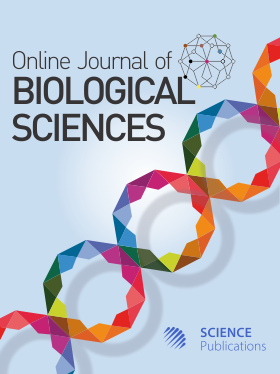Impact of Pest and Diseases on Mangrove Forest Rehabilitation in Indonesia: A Review
- 1 Program Study of Agrotechnology, Faculty of Agriculture, Universitas Sumatera Utara, Medan, Indonesia
- 2 Department of Forestry, Faculty of Forestry, Universitas Sumatera Utara, Medan, Indonesia
- 3 Center of Excellence for Mangrove, Universitas Sumatera Utara, Medan, Indonesia
- 4 Biotechnology and Tree Breeding Laboratory, Faculty of Forestry, Universitas Hasanuddin, Makassar, Indonesia
- 5 Biotechnology Program, Graduate School of IPB University, Bogor, Indonesia
Abstract
Mangroves are the constituent plants of tropical and subtropical intertidal regions of forest communities, comprising a biotic and abiotic environment for ecosystem services. Biotic factors greatly affect the health of mangrove forests, the decline in health in mangrove ecosystems is caused by pests and diseases on the leaves. The presence of pests and diseases that attack mangrove plants resulted in failure in forest rehabilitation efforts. This review investigates the types of pests found on mangrove leaves and the utilization of bioactive compounds in mangrove leaves that can suppress disease development. Its impact on mangrove forest rehabilitation efforts was discussed in this review. The knowledge and application from this review provided a guide in maintaining and conserving mangrove forests in Indonesia as one of the solutions in adaptation and mitigation to climate change
DOI: https://doi.org/10.3844/ojbsci.2024.728.738

- 4,079 Views
- 2,299 Downloads
- 9 Citations
Download
Keywords
- Conservation
- Mangrove Leaf
- Pest
- Deaseas
- Rehabilitation
